
As history shows, some of the gastronomic creations that conquer our tastes as well as our fancy are results of either pure coincidence or sheer luck. Often times, what we have come to taste and love is the outcome of an error, forgetfulness or outright dare peppered with a sense of culinary adventure. Yet, whatever the origin and whoever the person that created gastronomic history, these foods have managed to captivate our senses and immortalized their creators by honouring them in the most respected manner.
For instance, fettuccine, a type of flat, thick noodle and Alfredo sauce are a pair of inseparable twins. Although earlier semblances of this sauce existed in Italy for many years, the version created in 1920's by the restaurant owner Alfredo di Lello became very popular. Many celebrities were attracted to Alfredo's restaurant. Among these were Mary Pickford and Douglas Fairbanks who were honeymooning in Rome, and fell in love with Fettuccine Alfredo. When they returned to their native US, they asked for the same recipe and thus popularized it in the new world.
A basic white sauce used as the base for other sauces, the Bechamel Sauce was named to flatter Louis de Bechamel, marquis de Nointel (1603-1703) and a courtier to King Louis XIV. Made with butter, flour and milk, Bechamel can change into Mornay to accompany fish, or cheese sauce to enhance many vegetables dishes.
Considered to be the king of salads, Caesar Salad was created not by a Roman king, but by a restauranteur and chef named Caesar Cardini in Tijuana, Mexico. Today, almost eight decades after its creation, it is served in many restaurants and homes as a traditional salad. The original version of Caesar salad did not have anchovies as an actual ingredient. They came from the Worchestershire sauce that chef Cardini added to what he had in his kitchen to offer to the Prince of Whales who was stuck in Tijuana due to weather.
Another popular dish and comfort food by many is the Chicken Tetrazzini. Made with egg noodles, mushrooms and cubed chicken pieces in a cream sauce topped with cheese, it was named after the Italian soprano Luisa Tetrazzini who lived from 1871 to 1940.
Could anyone have guessed that Melba Toast a crisp, dry and thinly sliced toast served with soups or salads or topped with various toppings, was named after Dame Nellie Melba, which was the stage name for Helen Porter Mitchell? It is believed that the toast dates back to 1897 when the singer was very ill and this type of toast became the main staple of her diet.
Another food created by the renowned French chef Auguste Escoffier in honour of Dame Melba is the Peach Melba, a dessert made with vanilla ice cream, peaches and a sauce raspberry sauce.
In the late 1800's Escoffier created this luscious dessert for the popular Australian opera singer. It's made with two peach halves that have been poached in syrup and cooled. Each peach half is placed hollow side down on top of a scoop of vanilla ice cream, then topped with Melba sauce made with raspberries, redcurrant jelly, sugar and cornstarch and sometimes crowned with whipped cream and sliced almonds.
Dame Melba was not the only inspirer of heavenly desserts. Pavlova, a light and fluffy meringue dessert was named after the Russian ballerina, Anna Pavlova. The sweetened meringue is baked at a very low heat for a long time, not to brown but to dry out and become very crsipy before it becomes an edible vessel for whipeed cream and fruit. Although it is named after the famous Russian ballerina, the originator of the dessert is not known for sure because of the great rivalry between Australians and New Zealanders who both claim that the recipe was born in their countries.
Not all famous dishes were born to a life of established glory. Some, like Sacher Torte, came to being under stress. Recognizable by the name of its creator written on a rich chocolate ganache cover, the famous torte is the creation of Franz Sacher (1816-1907) who, in his second year of baker's apprenticeship concocted this chocolate cake for the Lord of Metternich, because the latter commanded, "For ye shall not bring shame on me tonight !"
In talking about foods inspired by eclectic characters, who can leave out the 1700 century
English nobleman who ordered his servant to bring him two slices of bread with a piece of roast meat between them, so that he would not have to disrupt his card came? And the result? You guessed it. Today, we have the Earl of Sandwich to thank for this ingenious creation which fills millions of lunchbags.
Last but not least, Tarte Tatin, a product of serendipity, is an upside down apple tart with a layer of caramelized sugar which distinguishes it from other types of upside down pastries. The result of an almost cooking disaster, this tarte became a signature dish at the Hotel Tatin, run by the sisters Stephanie and Caroline Tatin, in Lamotte-Beuvron, France. The lasting fame ofthe pastry is attributed to the restauranteur Louis Vaudable who, after tasting the the tart on his visit to Sologne, made this dessert a permanent item in his restaurant, Maxim's of Paris.
As we see, the food origins that provoke the deepest interest are the ones that fascinate our imaginations the most. So next time you order a Ceasar salad with fettuccine Alfredo, and ask if there is a tarte Tatin or peach Melba on the menu, remember the fascinating origins of these dishes and thank, within, to their inspirers or creators who are now part of culinary history.
Pavlova ~ Yield: 12 servings
Source: The Good Housekeeping Illustrated Book of Desserts
Begin 3-1/2 hours before serving or early in day
3 large egg whites
1/4 teaspoon cream of tartar
1/4 teaspoon salt
3/4 cup sugar
5 kiwi fruit
1-1/2 cups heavy or whipping cream
1/4 teaspoon almond extract
Line the cookie sheet with foil. Using a 9-inch round plate or cake pan as guide, with a tooth pick, outline a circle on foil on cookie sheet.
Preheat oven to 275 degrees F. In a small bowl, with an electric mixer at high speed, beat egg whites, cream of tartar, and salt until soft peaks form. Beating at high speed, gradually sprinkle in sugar, 2 tablespoons at a time, beating well after each addition until sugar completely dissolves and whites stand in stiff, glossy peaks.
Inside circle on cookie sheet, spoon meringue mixture, shaping meringue into a nest about 1-1/2 inches high around edge. Bake 1-1/4 hours or until the meringue is lightly browned and crisp.
Cool meringue on the cookie sheet on wire rack 10 minutes. With a metal spatula, carefully loosen and remove meringue from foil to wire a rack to cool completely. When meringue is cool, place on serving plate.
With sharp knife, peel off skin and thinly slice kiwi fruit.
In a small bowl, with mixer at medium speed, beat heavy or whipping cream and almond extract until stiff peaks form.
To Serve: Spoon two-thirds of cream into meringue; reserve a few kiwi fruit slices; arrange remainder on cream. Top with remaining cream and reserved kiwi fruit.
Copyrighted Material ~ Copyright © 2004 All Rights belong to Füsun Atalay






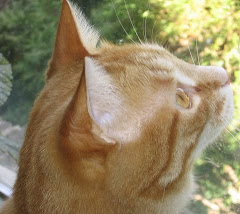


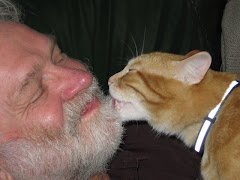

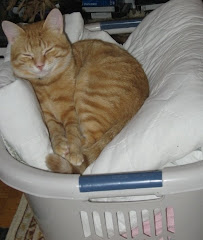



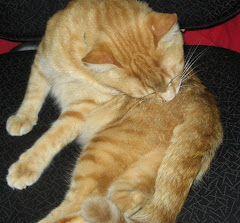



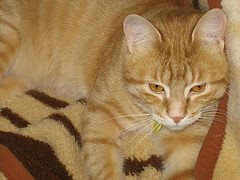

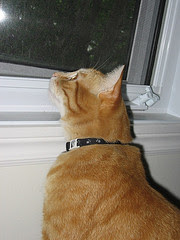

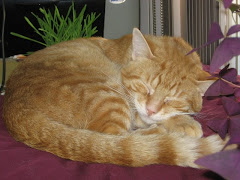



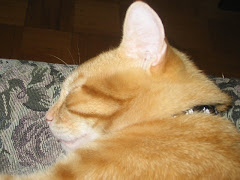



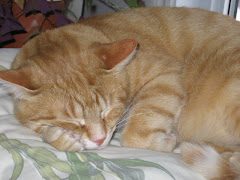


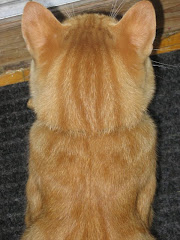
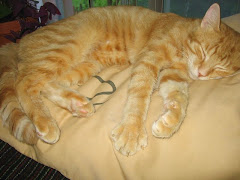
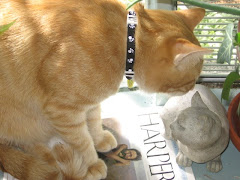

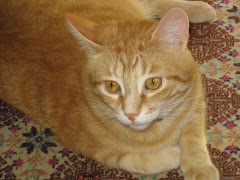


No comments:
Post a Comment